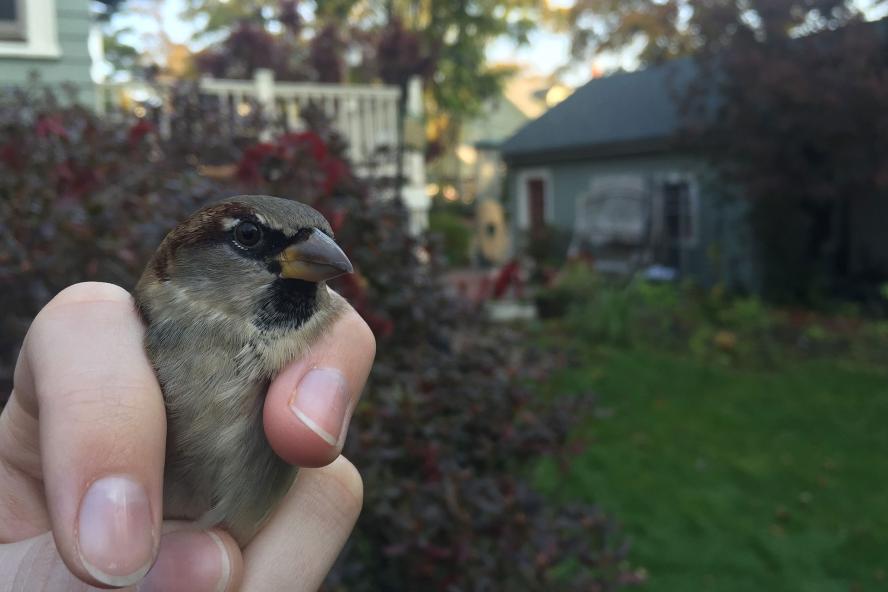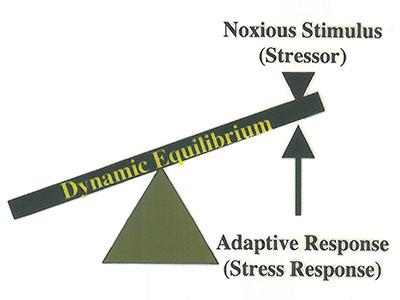Responses to Chronic Stress
A major focus of our lab is in trying to understand chronic stress. Although acute stress responses are thought to help an animal survive, when those acute responses are continually activated, or activated for long periods, the stress response starts to cause problems. In other words, the stress response itself starts to cause problems (see figure). This is the genesis of stress-related disease and is usually called chronic stress.
We have discovered that chronic stress can have two opposite effects on the ability of animals to cope. In some cases, the glucocorticoid and fight-or-flight systems are ramped up. This can result in metabolic problems and cardiac disease. In other cases, however, both the glucocorticoid and fight-or-flight systems are greatly damped. Either response could be devastating to free-living animals. In the first case, chronic stress will cause animals to suffer from stress-related diseases, much like humans do. In the second case, the damping of the stress response will likely make the animals less able to cope with subsequent stressors. Work in our lab is currently trying to understand the underlying mechanisms for both responses.
We have a number of projects currently underway. One project is exploring how metabolites change during chronic stress. One major role of glucocorticoids is to regulate energy metabolism, especially during and after stress. We are using laboratory assays and point-of-care devices (manufactured for human use) to monitor metabolism during chronic stress.
Another major series of projects explores the temporal dynamics of chronic stress. Fascinatingly, as much as popular culture (and scientific studies) differentiates between valuable acute stress responses and disease-causing chronic stress responses, we still have little idea about either how or when that transition occurs. Using the Reactive Scope Model (see section on "Reactive Scope Model") to generate predictions, we have several recent papers and continuing projects to understand that transition.

